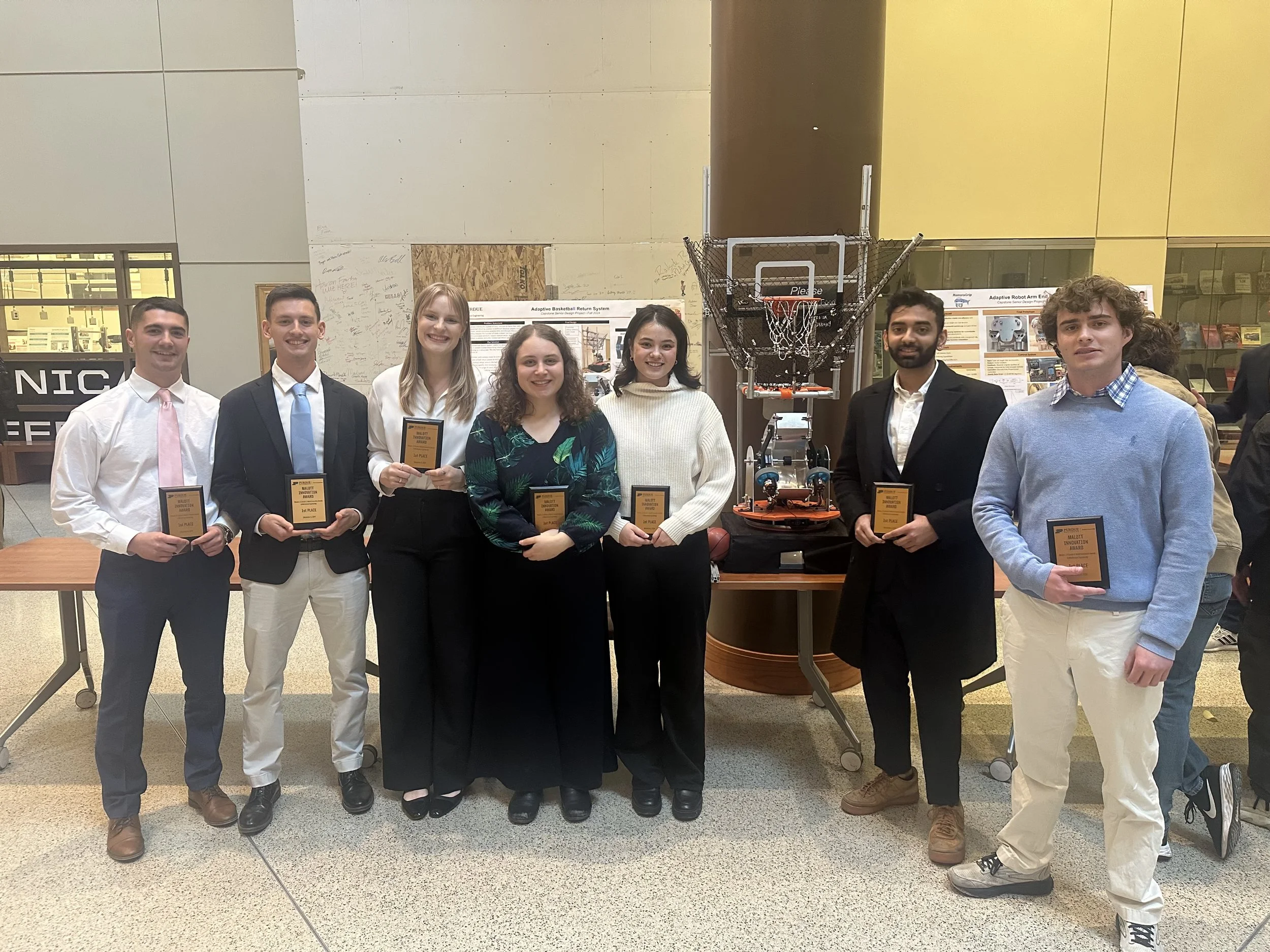"Method for large-scale structured-light system calibration," Optics Express (2021)
/A. G. Marrugo, R. Vargas, L. A. Romero, and S. Zhang, "Method for large-scale structured-light system calibration," Optics Express, 29(11), 17316-17329 (2021); doi:10.1364/OE.422327
Abstract
We propose a multi-stage calibration method for increasing the overall accuracy of a large-scale structured light system by leveraging the conventional stereo calibration approach using a pinhole model. We first calibrate the intrinsic parameters at a near distance and then the extrinsic parameters with a low-cost large- calibration target at the designed measurement distance. Finally, we estimate pixel-wise errors from standard stereo 3D reconstructions and determine the pixel-wise phase-to-coordinate relationships using low-order polynomials. The calibrated pixel-wise polynomial functions can be used for 3D reconstruction for a given pixel phase value. We experimentally demonstrated that our proposed method achieves high accuracy for a large volume: sub-millimeter within 1200(H) \times 800 (V) x 1000(D) mm^3.



